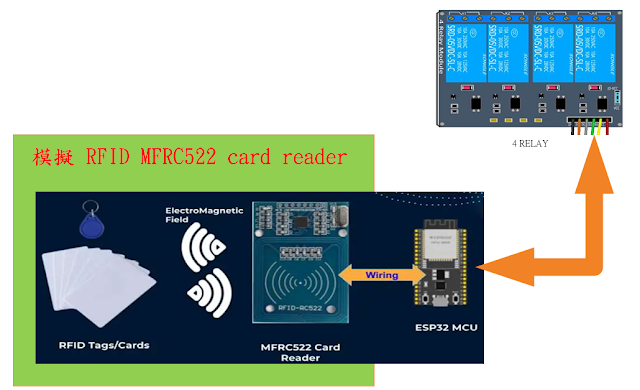
Creating a Simple NodeMCU Web Server
We're done with basics of the NodeMCU in my last post. Now it's time to use the NodeMCU like how it's meant to be use: as an IoT device. Here I will show you how to create a simple NodeMCU web server which will control a LED attached to one of the NodeMCU's pins. Sounds interesting? Read on!
For this to work, you must have already installed the ESP8266 board development toolkit as shown in my last tutorial. Here's the code for our simple nodemcu web server:
nodemcuwebserver.ino
- Use your own WiFi SSID and password for lines 6 and 7.
- The string page contains the HTML of our web server.
- The LED is connected to D7 as it was on the last tutorial.What this code does is create a short HTML web page that has two buttons. If you are looking to create a much more good looking website, I suggest you use a microSD card module to house your images, or CSS and Javascript files.Upload the code to your NodeMCU. After that, open the serial monitor on the Arduino IDE. You should see something like this:
 This means you are successfully connected to the WiFi network! You can also see the IP address assigned to the NodeMCU (192.168.1.7 in this example). Open your preferred web browser and type that IP address on the address bar.
This means you are successfully connected to the WiFi network! You can also see the IP address assigned to the NodeMCU (192.168.1.7 in this example). Open your preferred web browser and type that IP address on the address bar.
- Click the "On" button and watch as your LED turns on. Click the "Off" button to turn it off.
Troubleshooting
This code has been tested many times without a problem encountered. If you've experienced errors that are displayed on the serial monitor, especially when the exception code is shown, I suggest you use the Exception Decoder.Easy! Next, you can display data coming from a sensor to a webpage or use WebSockets instead of HTTP!


沒有留言:
張貼留言